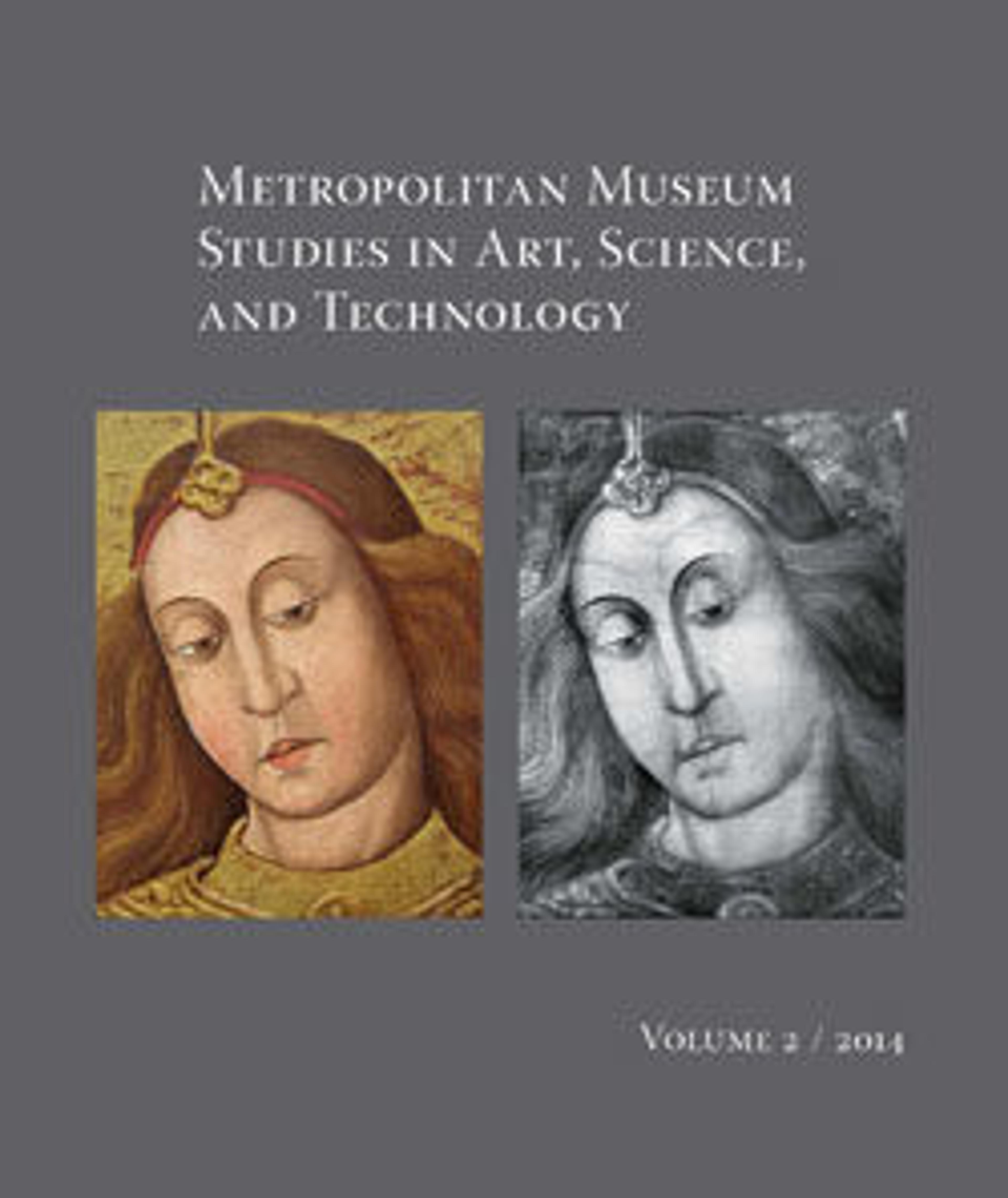Sarcophagus of Mindjedef
Mindjedef, who lived during the mid- to late 4th Dynasty, was buried in a large tomb on the east side of Khufu's pyramid. This red granite sarcophagus was found in the badly disturbed burial chamber, with a dismembered skeleton laid on top of its lid. The outstretched body would have likely been placed directly inside this stone coffer, perhaps laid on his left side and wrapped in linen covered with a layer of plaster in which his limbs and face would have been molded, as was the practice for the elite during this period. The lugs on the end of the sarcophagus lid would have been used to lower it into place.
The inscription just below the lip of the box is an offering prayer asking that the king, acting through the mortuary god Anubis, give offerings to the deceased, who is referred to here as "hereditary prince, sealer of Lower Egypt, king's son, Mindjedef."
The inscription just below the lip of the box is an offering prayer asking that the king, acting through the mortuary god Anubis, give offerings to the deceased, who is referred to here as "hereditary prince, sealer of Lower Egypt, king's son, Mindjedef."
Artwork Details
- Title:Sarcophagus of Mindjedef
- Period:Old Kingdom
- Dynasty:Dynasty 4
- Reign:reign of Khafre or Menkaure
- Date:ca. 2520–2472 B.C.
- Geography:From Egypt, Memphite Region, Giza, Eastern Cemetery, Mastaba G7760; Pit B (burial chamber), Harvard-Boston MFA excavations, 1929
- Medium:Granite
- Dimensions:L. 236.9 × W. 96.5 × H. 104.1 cm (93 1/4 × 38 × 41 in.)
- Credit Line:Rogers Fund, by exchange, 1954
- Object Number:54.80a, b
- Curatorial Department: Egyptian Art
More Artwork
Research Resources
The Met provides unparalleled resources for research and welcomes an international community of students and scholars. The Met's Open Access API is where creators and researchers can connect to the The Met collection. Open Access data and public domain images are available for unrestricted commercial and noncommercial use without permission or fee.
To request images under copyright and other restrictions, please use this Image Request form.
Feedback
We continue to research and examine historical and cultural context for objects in The Met collection. If you have comments or questions about this object record, please contact us using the form below. The Museum looks forward to receiving your comments.
